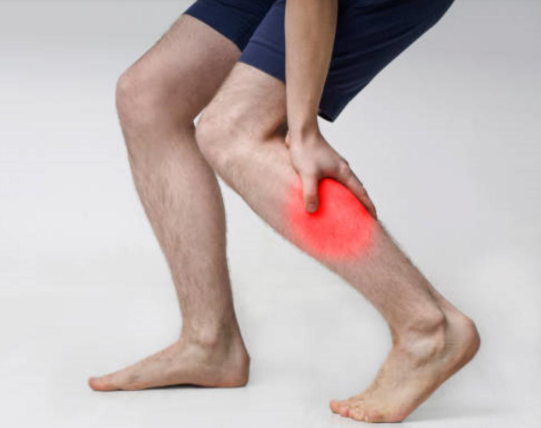
A lot of people with abnormal blood sugar levels fail to recognize the wa:rn:ing signals their bodies send out. By the time they realize they suffer from diabetes, complications may have already set in.
As per the latest data published by the International Diabetes Federation (IDF), as of 2021, there were approximately 537 million diabetes patients worldwide, with the majority suffering from type 2 diabetes.
While many people ignore abnormal blood sugar levels, avoiding medical treatment, others, after being diagnosed, fail to manage their blood sugar properly, resulting in dangerous complications.
Diabetes is a chronic disease. A temporary rise in blood sugar may not do harm to you immediately, but consistently high blood sugar levels over months or years can lead to severe damage to the body. The most frightening feature about diabetes is its complications—once vital organs are damaged, they cannot be restored. Many diabetic patients have blindness, cardiovascular diseases, or even limb amputations.
To avoid such complications, detecting abnormal blood sugar levels as early as possible is crucial.
Thankfully, the feet are often regarded as a “blood sugar meter.” As blood sugar is not well controlled, the feet are one of the first to send w:arning signals.
Here are five unusual foot symptoms that may be indicators of abnormal blood sugar levels, warranting immediate medical attention:
1. Numbness in the Feet
High blood sugar can severely damage nerves, causing diabetic peripheral neuropathy. Once neuropathy sets in, it is irreversible, and patients may experience numbness in their feet.
If left unchecked, this numbness can worsen, making people feel as if their feet are no longer part of their body.
In addition, patients may lose sensitivity to temperature and pain. As a result, they may not notice extremely hot water, increasing the risk of burns when soaking their feet.
2. Leg Cramps

High blood sugar can significantly affect blood vessels. Poorly controlled diabetes can result in arteriosclerosis within a year or two, causing plaque buildup and narrowing of blood vessels.
As the feet are far from the heart and often remain in the same position for long periods when sitting or lying down, they are more prone to vascular diseases.
When the blood vessels in the legs narrow, patients may suffer from frequent leg cramps. The problem becomes more severe at night, especially in colder temperatures, when blood vessels contract further, exacerbating ischemia (reduced blood supply) and oxygen deficiency.
3. Itchy Feet
Diabetes patients often have itchy feet, mistakenly believing it to be eczema. They may visit various dermatologists and use various anti-itch medications, yet symptoms persist. The real culprit is poor blood sugar control.
Uncontrolled blood sugar and a weakened immune system increase the risk of skin infections, such as boils, bacterial infections,
folliculitis, and fungal infections, including athlete’s foot and nail fungus, which cause persistent itching.
In addition, nerve damage caused by high blood sugar can cause abnormal sensations, while dysfunction in sweat and sebaceous glands may cause skin changes, further contributing to itchiness.

4. Slow or Non-Healing Foot Wounds
As mentioned earlier, diabetes patients are more susceptible to foot injuries due to reduced sensitivity to temperature. They may have burns without realizing it.
Once a wound appears on the foot, it tends to heal very slowly—or not at all.
The reason is that diabetes weakens the immune system, allowing bacteria to accumulate on the wound. At the same time, high blood sugar damages blood vessels, reducing blood supply and further impairing the healing process.
5. Skin Discoloration on the Legs
Many patients who have diabetes develop pigmentation or dark spots on the lower legs. This is often because of skin infections or scars left from previous blisters.
In certain cases, vascular damage in the legs can also cause skin discoloration.
Conclusion: In case you frequently experience these unusual foot symptoms, it is crucial to check your blood sugar levels and seek medical advice promptly. Early detection and management of diabetes can help to prevent severe complications and improve quality of life.


















